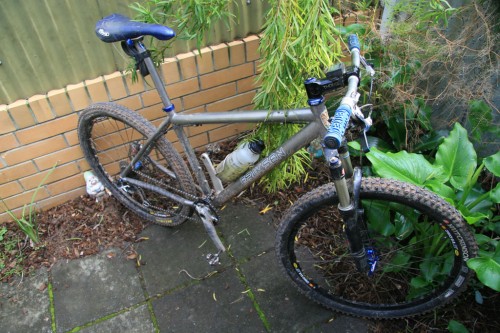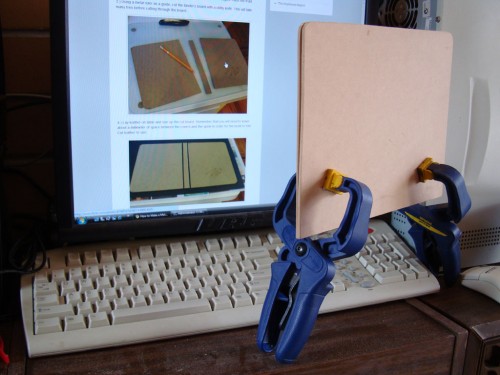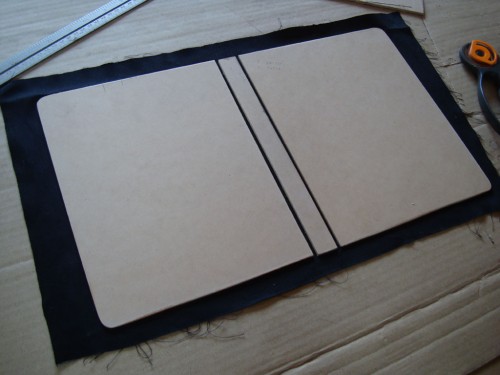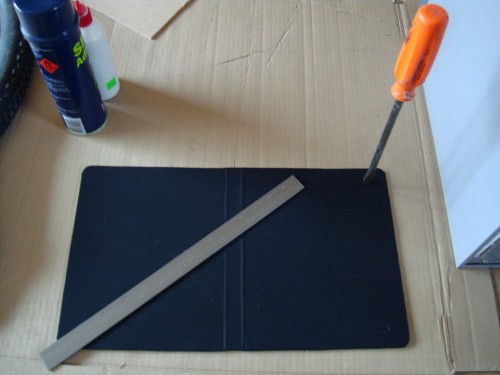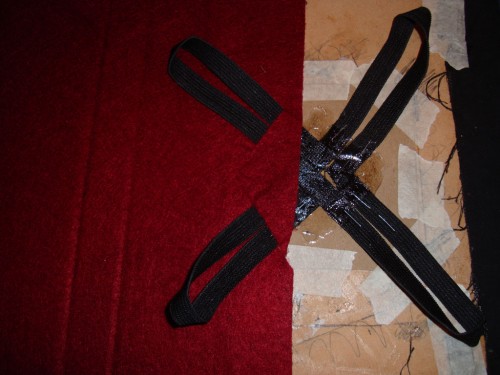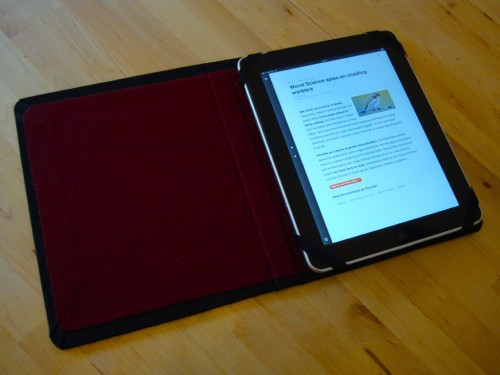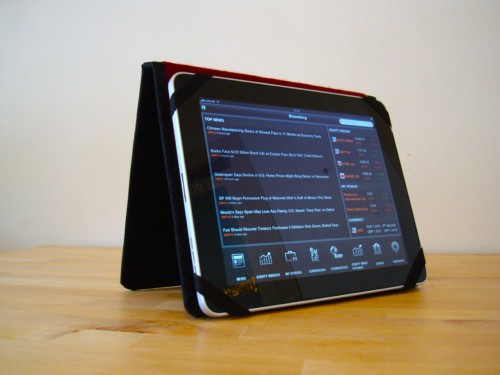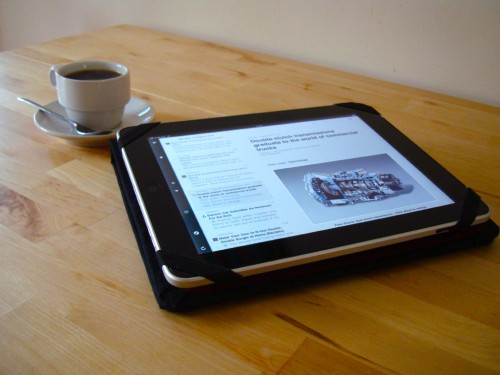1×9 Update
Sunday, August 22nd, 2010I’ve been using the 1×9 drivetrain for about two months, and it’s time for some updates. I finally got around to weighing the Eriksen and the overall weight dropped from a 3×9 10.9kg to the now 1×9 10.3kg.
The new Chain Keeper chain guide was initially jamming and rubbing. I tired realigning the guide with no success, and even resorted to riding with no chain guide. The chain dropped fairly frequently without a guide, so I continued tweaking the Chain Keeper until I finally found a position that worked. That was about a month ago and I haven’t had any issues since.
Last weekend I rode the 1×9 Eriksen io an XC race in very muddy, wet and cold conditions. Despite riding though clay, deep mud and hub-deep “puddles” the chain didn’t suck or jam. The drivetrain worked perfectly throughout my near three-hour race. Three hours in those conditions without a single sucked chain would have been a miracle with the 3×9 or even 2×9 drivetrain. Being very happy with drivetrain, the only change I’m likely to make is to swapping the aluminum XT 32t ring for a stainless steel 32-34t ring. Swapping the 11-32t cassette for a one with a 34t cog is also a possibility, but I’m not convinced it’s necessary.
Based on my experience, I’d definitely recommend giving 1×9 a try, although you may want to consider appropriate gearing for the terrain you ride. The Chain Keeper is the only 1×9-specific component I’ve used, and it seems to be a reasonable, though pricey chain guide. Aside from the touchy setup and alignment, the only other issue I’ve found with the Chain Keeper is the placement of the mounting hardware. The allen bolts on the Chain Keeper are aligned parallel to the downtube, and as a result, they are difficult to access. This wouldn’t necessarily be an issue on a frame with a smaller diameter downtube, but it would likely be an issue with most. I’ve found that neither my trail-friendly multi-tool or T-handled allen wrenches work. A small L-shaped allay key does work, but that means I have to carry one more tool when I ride.
That’s all for now. I have another XC race in a couple weeks –Hopefully this time the trails will be a little drier.


